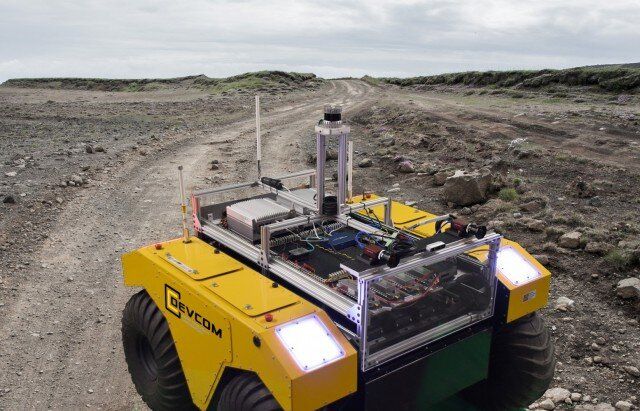Jan 8, 2021
Brett Vaughan — U.S. Navy Chief AI Officer and AI Portfolio Manager, Office of Naval Research
Posted by Ira S. Pastor in categories: government, military, robotics/AI, satellites, surveillance
U.S. Navy Chief Artificial Intelligence Officer, and AI Portfolio Manager, Office of Naval Research.
Brett Vaughan is the U.S. Navy Chief Artificial Intelligence (AI) Officer and AI Portfolio Manager at the Office of Naval Research (ONR).

















